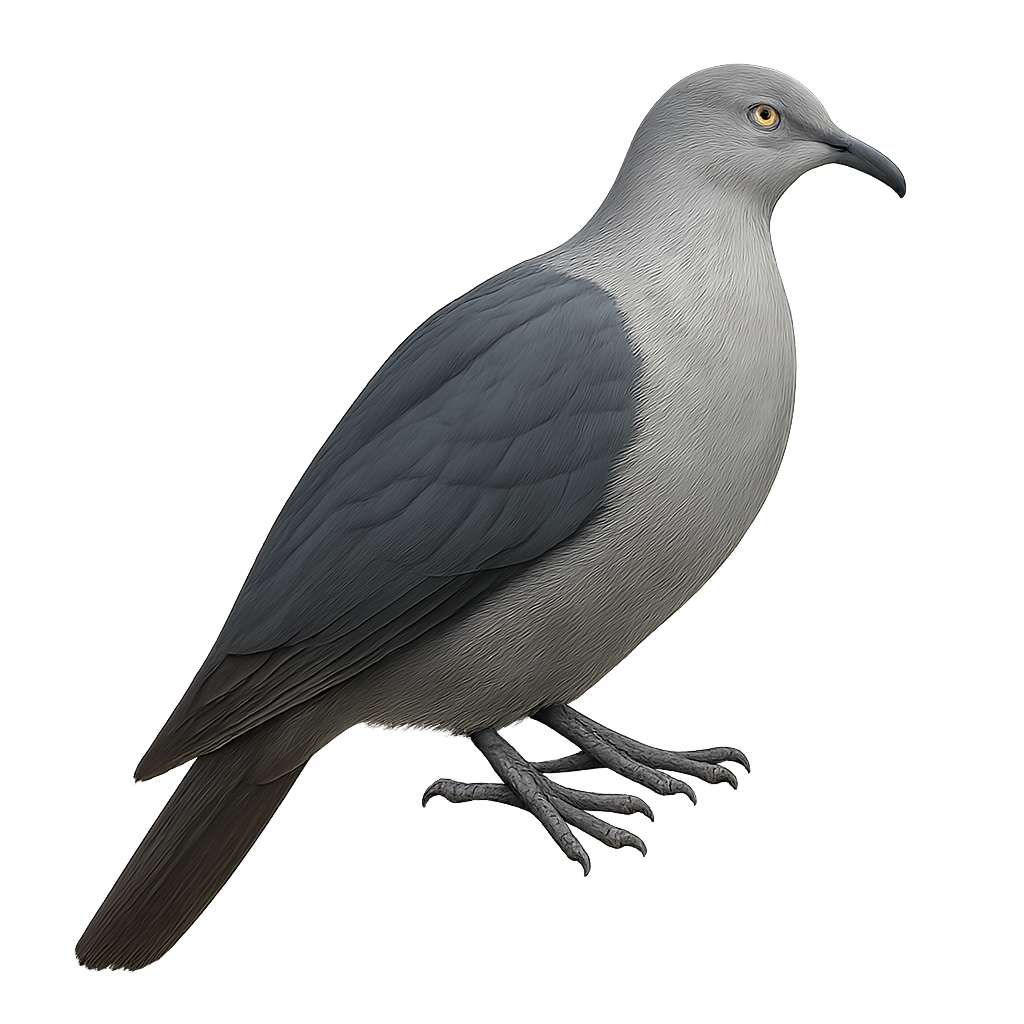Your wildlife photography guide.
Explore the marquesan imperial pigeon in detail, study its behavior, prepare your shots.
Where to observe and photograph the marquesan imperial pigeon in the wild
Learn where and when to spot the marquesan imperial pigeon in the wild, how to identify the species based on distinctive features, and what natural environments it inhabits. The WildlifePhotographer app offers tailored photography tips that reflect the marquesan imperial pigeon’s behavior, helping you capture better wildlife images. Explore the full species profile for key information including description, habitat, active periods, and approach techniques.
Marquesan Imperial Pigeon
Scientific name: Ducula galeata

IUCN Status: Critically Endangered
Family: COLUMBIDAE
Group: Birds
Sensitivity to human approach: Suspicious
Minimum approach distance: 10 m
Courtship display: September to October
Incubation: 26-28 jours
Hatchings: October to November
Habitat:
Humid forests, wooded areas
Activity period :
Primarily active during the day, with peak activity in the morning and late afternoon.
Identification and description:
The Marquesan Imperial Pigeon, or Ducula galeata, is a large pigeon species endemic to the Marquesas Islands in French Polynesia. It is distinguished by its ash-gray plumage and slightly darker head. This bird primarily inhabits the humid forests and wooded areas of the islands, feeding on fruits and seeds. Unfortunately, it is critically endangered due to deforestation, hunting, and the introduction of invasive species. Conservation efforts are vital for its survival. The Marquesan Imperial Pigeon symbolizes the unique biodiversity of the Marquesas and the importance of preserving these fragile ecosystems.
Recommended lens:
400 mm – adjust based on distance, desired framing (portrait or habitat), and approach conditions.
Photography tips:
To photograph the Marquesan Imperial Pigeon, it is advisable to use a telephoto lens of at least 400mm to capture detailed images without disturbing the bird. Look for it in the humid forests of the Marquesas Islands, where it often feeds in the canopy. Be patient and discreet, as this bird is suspicious. The best times to observe it are early in the morning or late in the afternoon when activity is at its peak.
The WildlifePhotographer App is coming soon!
Be the first to explore the best nature spots, track rutting seasons, log your observations, and observe more wildlife.
Already 1 439 wildlife lovers subscribed worldwide

